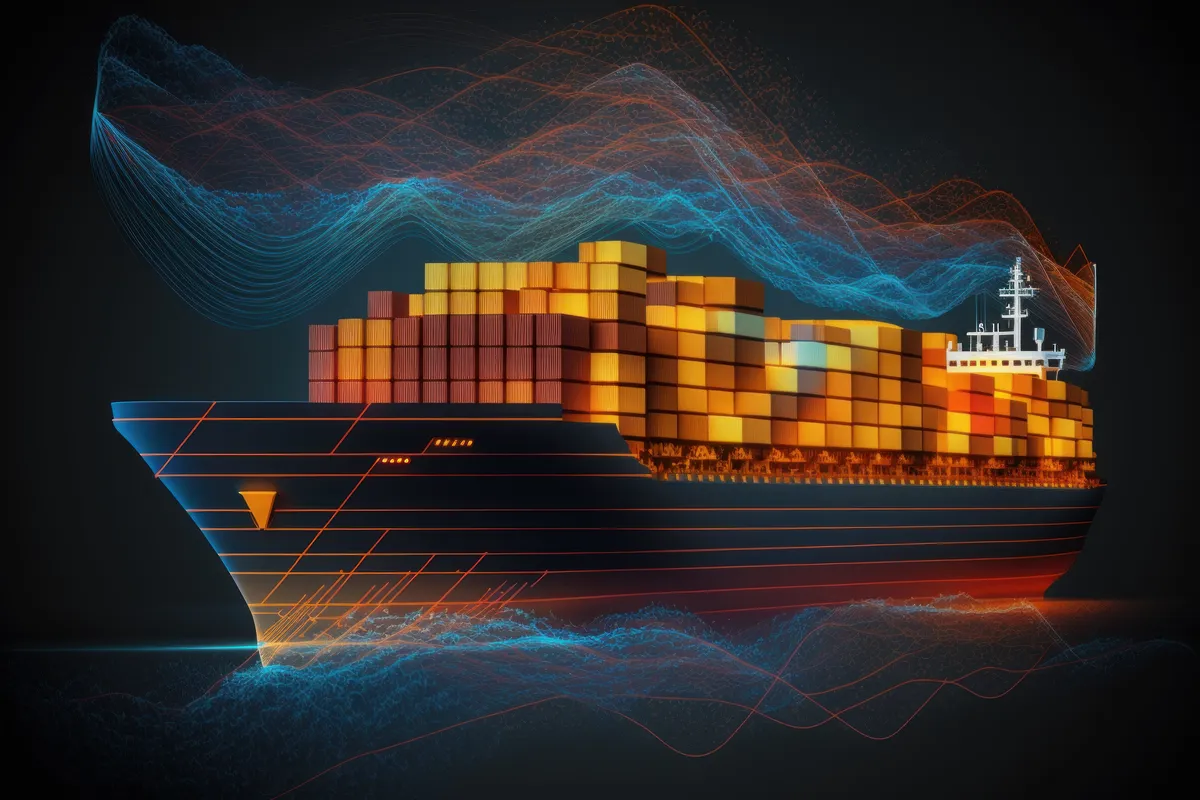The International Maritime Organization has issued resolution A.1188(33) with 2023 Guidelines on the implementation of the ISM Code by Administrations.
The resolution notes that the ISM Code became mandatory under Chapter IX of the International Convention for the Safety of Life at Sea (SOLAS) in 1998 for certain types of ships and in 2002 for other cargo ships and mobile offshore drilling units. It mentions amendments to the ISM Code adopted by the Maritime Safety Committee at its ninety-second session.
The resolution emphasizes the responsibility of administrations to maintain safety standards and issue Documents of Compliance and Safety Management Certificates according to the ISM Code. It highlights the necessity for administrations to enter agreements with other administrations for issuing certificates compliant with SOLAS and resolution A.741(18).
It also stresses the importance of uniform ISM Code implementation and the application of remote audits, especially considering the experiences from the COVID-19 pandemic and technological advancements.
Based on recommendations from the Marine Environment Protection Committee and the Maritime Safety Committee, the resolution adopts the 2023 Guidelines on implementing the ISM Code by Administrations. These guidelines, included in the annex, cover the introduction, scope, application, compliance verification, and certification processes.
The resolution urges governments to follow the 2023 Guidelines for ISM Code implementation and requests them to report any difficulties to the IMO. It authorizes the Maritime Safety Committee and the Marine Environment Protection Committee to revise the guidelines as needed and revokes Resolution A.1118(30).
Section 1: Introduction
- Overview of the ISM Code: This section introduces the ISM Code, explaining its purpose and significance in promoting maritime safety and pollution prevention. It describes the process of its adoption by the International Maritime Organization (IMO).
- Importance of Safety Culture: Emphasizes the critical need for developing a safety culture within the shipping industry, where safety practices are deeply embedded in daily operations and decision-making processes.
Section 2: Scope and Application
- Definition of Key Terms: This section clarifies the key terms and concepts used throughout the guidelines, ensuring a common understanding for all stakeholders.
- Scope and Application: Outlines the range and applicability of the ISM Code, detailing which types of vessels and companies are covered and the extent of their obligations under the Code.
Section 3: Verifying Compliance with the ISM Code
- Guidance on Compliance: Provides comprehensive instructions on how companies should develop, implement, and maintain a documented safety management system in line with the ISM Code’s requirements.
- Responsibilities of Companies and Administrations: Highlights the roles and duties of companies in ensuring their safety management systems are effective and meet the ISM Code standards. It also outlines the responsibilities of administrations in overseeing and verifying compliance.
Section 4: Certification and Verification Process
- Certification and Verification Activities: Describes the different stages and types of verifications involved in the ISM Code implementation, including:
- Interim Verification: Initial verification for new companies or ships.
- Initial Verification: Comprehensive assessment conducted before the issuance of the Document of Compliance and Safety Management Certificate.
- Annual Verification: Regular checks to ensure ongoing compliance.
- Intermediate Verification: Mid-term reviews of Safety Management Certificates.
- Renewal Verification: Reassessment conducted at the end of the certification period to renew the certificates.
- Additional Verification: Extra checks that may be required based on specific circumstances or non-conformities.
- Audit Process: Provides detailed guidance on the steps involved in the audit process, including the application, preliminary review, audit execution, reporting, and follow-up on corrective actions.
Appendix: Standards on ISM Code Certification Arrangements
- Management Standards: Sets out the standards for the management of organizations responsible for verifying compliance with the ISM Code.
- Competence and Qualification Arrangements: Specifies the required competencies and qualifications for personnel involved in the verification and certification processes.
- Certification Procedures and Instructions: Details the procedures and instructions that organizations must follow when conducting ISM Code certification, ensuring a consistent and thorough approach to verifying compliance.
For more information, please see the document below (available only to subscribers):
2023 Guidelines on Implementation of the International Safety Management (ISM) Code by Administrations

Sign up for our newsletter
Your most up-to-date maritime regulations news
It's free. No spam. Cancel anytime.










Related News
Isle of Man: Key changes to marine casualty reporting
Jan 17, 2025
Updated IMO guidelines for GMDSS radio installations on SOLAS ships
Jan 17, 2025
Most important regulatory news published in the last week
Jan 14, 2025